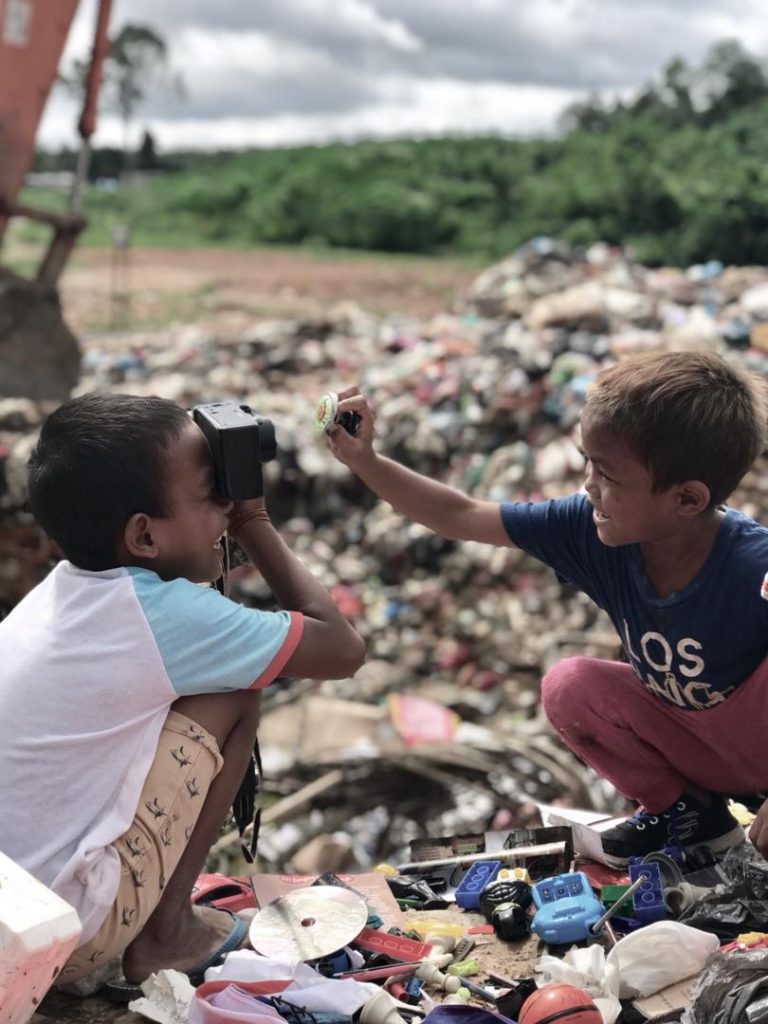
An ocean of trash spills into a gaping hole in the ground, a grave of sorts where our daily waste goes to rot and decompose. Two young boys are perched on the edge of the cavity, whiling their time away as they watch their father at work, knee-deep in garbage.
The man tears open a bag and pauses momentarily to survey the contents before throwing it up to the boys, which they eagerly fall upon. There is an assortment of things in it—a pirated DVD of the Venom movie, a torn cable, unidentifiable bits and pieces. To these boys, these things are their toys.
One of them found a camera and holds it up to his face, pretending to take photos of his sibling. He holds it upside down but in the world of play pretend that they’ve entered, it doesn’t really matter. It would’ve been a rather amusing scene to witness, save for the backdrop of rubbish and flies swarming around them.
One Man’s Trash, Another Man’s Treasure
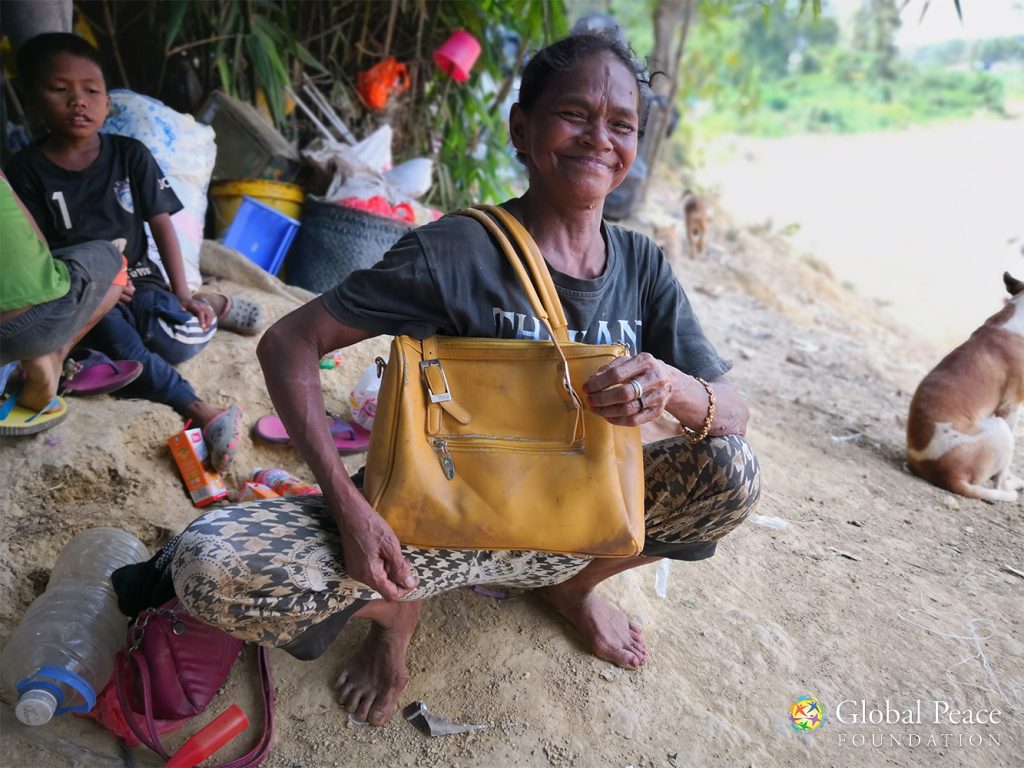
Penoi has been working in the landfill for six months. Her husband is working in a watermelon farm in another state and she supports herself and her eight-year old son by scavenging for recyclables. They live in the landfill in makeshift huts along with other families who work here.
“We sort the recyclables from the garbage and sell it. That’s how we make our living,” Penoi tells us. “1kg of plastic sells for about RM0.30, 1kg of tin sells for RM0.50, and 1kg of paper sells for RM0.20. In one month we earn about RM300-RM400 depending on how much we can collect.”
The scavengers here sell the recyclables to a middleman and the price fluctuates based on market value. However, the Orang Asli here believe that this is one of the better income-generating activities for them.
They are not employed by the landfill operators. In fact, anyone can come here and be a landfill scavenger. Waste-pickers help to sort recyclable materials, thus reducing the amount of trash that needs to be sent for disposal. Besides boosting recycling efforts, they are also able to earn an income and scavenge for items that are in good condition for their own use.
“I like working here. It’s easy and I don’t feel tired. I have time to eat, bathe, and I work as I please,” says Penoi. It’s around three in the evening and she has finished work for the day, resting under the shade of a tree with her extended family. “I used to work in an oil palm plantation collecting kernels. I only earned RM2-3 per sack and it’s far more tiring and time-consuming to do that.”
Pak Cik Meter, The First Scavenger
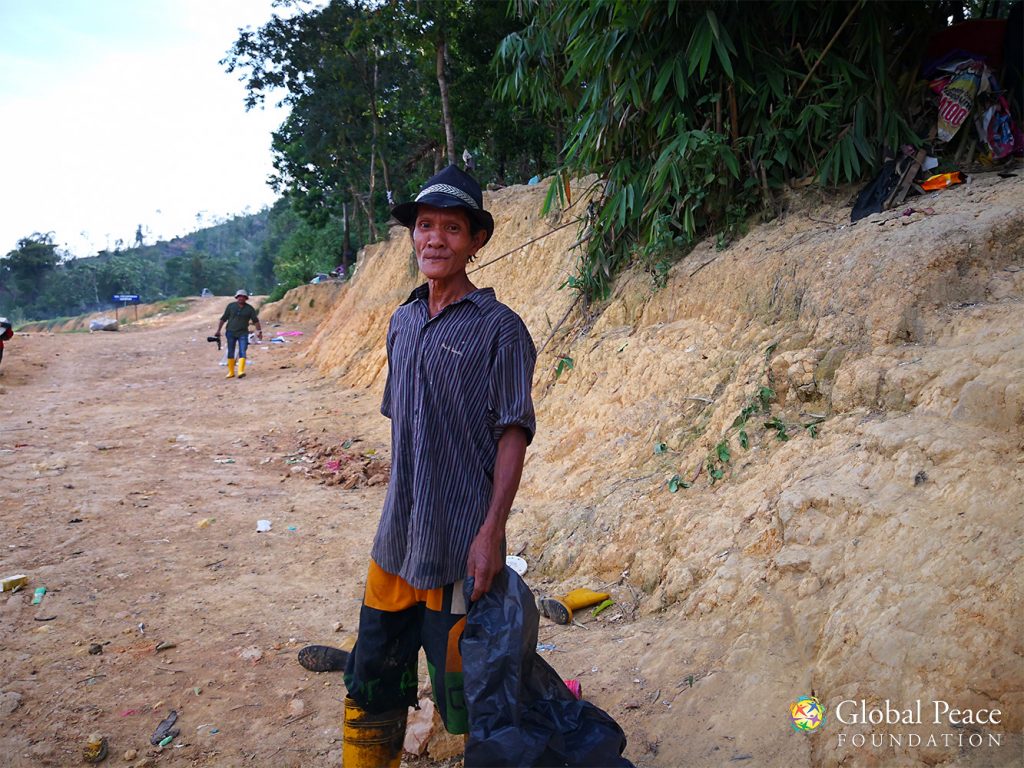
Around 2001, the land next to Pak Cik Meter’s village was cleared and made into a landfill. They’ve lived next to it ever since. “No one told us about it, no one asked us about it,” says Meter.
“Ya. Buat apa nak marah? Tak ada guna kalau dah benda tu terjadi, biar sajalah (We came to accept it. What’s the use of getting angry? It has already happened so we let it be).”
Meter was the first person in his village who started working at the landfill as a scavenger. Slowly, other villagers followed suit and through word-of-mouth, Orang Asli from other villages came to work here too. Some of these Orang Asli come from Rancangan Pengumpulan Semula (RPS) settlements established by the government but chose to leave their modern homes and communities to work here.
“I used to gather rattan, resin, medicinal roots, and wild fruits from the forest. But the forests kept getting cleared and it became harder and harder to forage.”
“It’s much easier to work here,” explains Meter. His sentiment is echoed by all the other Orang Asli that we talked to at the landfill.
Life at a Landfill
As everyone works independently of each other, there’s no system or schedule to the sorting process. Some prefer to start earlier in the morning while others come in the evenings. The pit where rubbish is dumped is a constant hive of activity, which peaks around the time when the garbage trucks arrive with a fresh load.
Nobody supervises or oversees them so safety is a huge concern. We observed that most of the workers wore rubber boots but none of them wore gloves. They are reaching into heaps of trash, tearing open plastic bags and rummaging through them with their bare hands. It’s no surprise that cuts are one of the most common hazards of the occupation. All of them seem to be acclimatised to the stench and the sight of maggots squirming amidst rotting food barely puts them off.
-

Cuts are one of the most common injuries faced by the scavengers here. -

However, when asked whether anyone has fallen ill since working at the landfill, we were met with a resounding no. This struck us as abnormal as having worked with the Orang Asli community in Pahang for the past three years, we are cognisant of the health issues that they face, which arises from accessibility to health care, lack of clean water, and a poor diet.
We found out later from a close Orang Asli friend that there has indeed been cases of elephantiasis and parasitic worms infection in the bloodstream afflicting the community at the landfill. Perhaps their vehement denial stems from fear that it will attract the attention of authorities who will prevent them from coming to the landfill.
“The most common human health (public and occupational) issues are diseases related to gastrointestinal, dermatological, respiratory, and genetic systems; and several other types of infectious diseases. The nearby dwelling populations face up greater odds to suffer from diarrhoea, headaches, chest pains, irritation of the skin, nose and eyes, typhoid, stomach ulcers. People who work in dumpsites, such as the waste pickers, are more prone to experience these diseases; and the risks exposed to often include in addition accidents from cuts and injuries to fatalities from landslides and trucks.” – Waste Atlas The World’s 50 Biggest Dumpsites 2014 Report
Work for the Orang Asli is a family affair so it’s the norm to see fathers, mothers, brothers, and sisters working alongside each other. However, we were not prepared for the sight of children running around barefooted right at the edge of the rubbish pit.
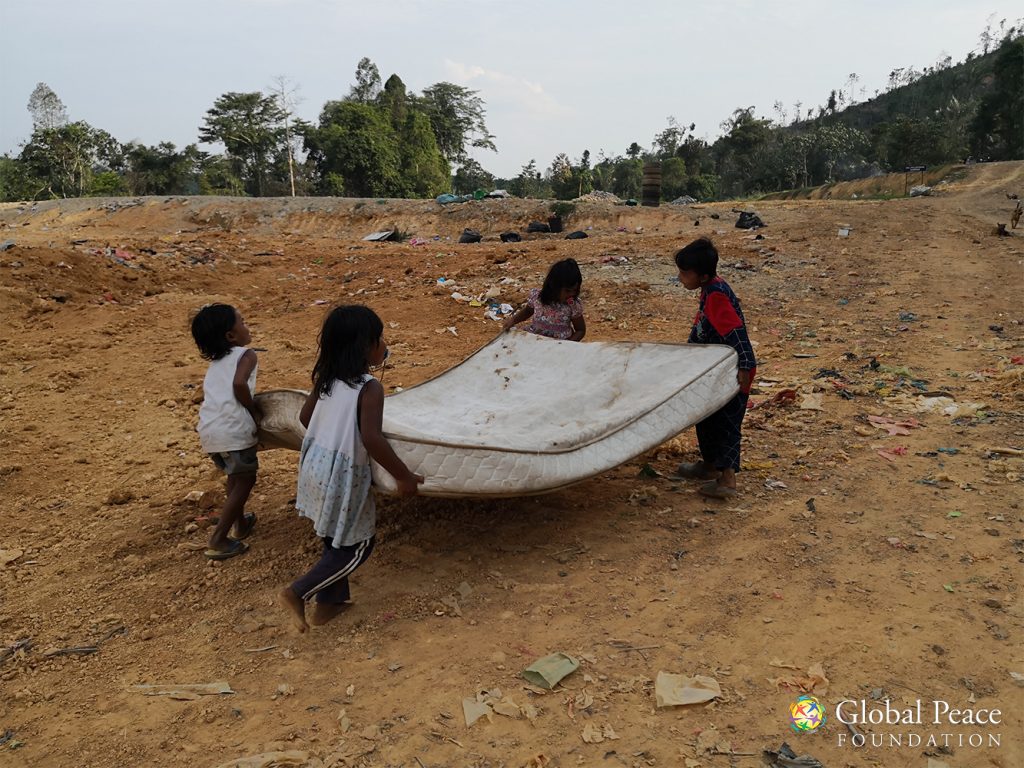
The kids looked happy and carefree, after all each day at the landfill presents an endless supply of toys and new discoveries. Some of the older kids even dived into the tip to help their parents, expertly picking out tins, cardboard, and bottles with hawk-like precision.
But kids should not be sorting trash nor should they be at a landfill. On top of that, none of them go to school. This puts them at a great disadvantage and closes many doors for them in the future. Inevitably, they will end up following in the footsteps of their parents.
Undeniably, a landfill creates income opportunities for the unskilled, particularly the poor. Our question is, why are the Orang Asli consistently falling into this category? While we respect their decision to work here as the financial prospects are better and work is less strenuous, we cannot neglect the fact that safety, health, and the children’s welfare are being overlooked and if left to fester, will push the Orang Asli further and further to the fringes of society.
Written by
Yong Joy Anne, Storyteller

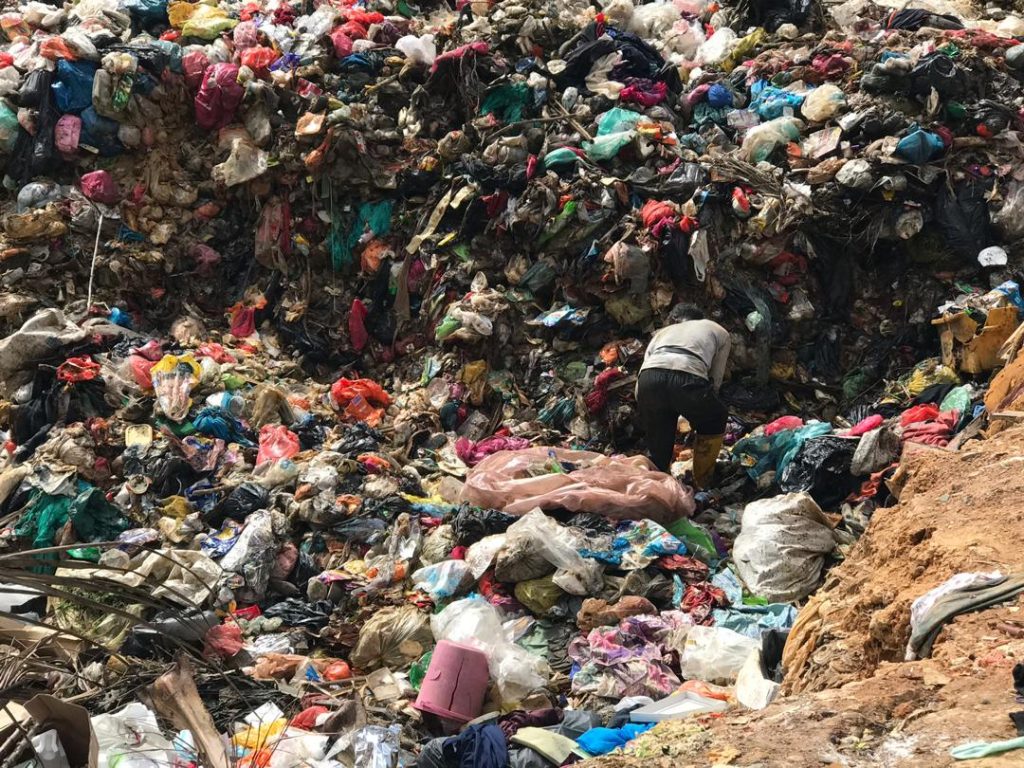
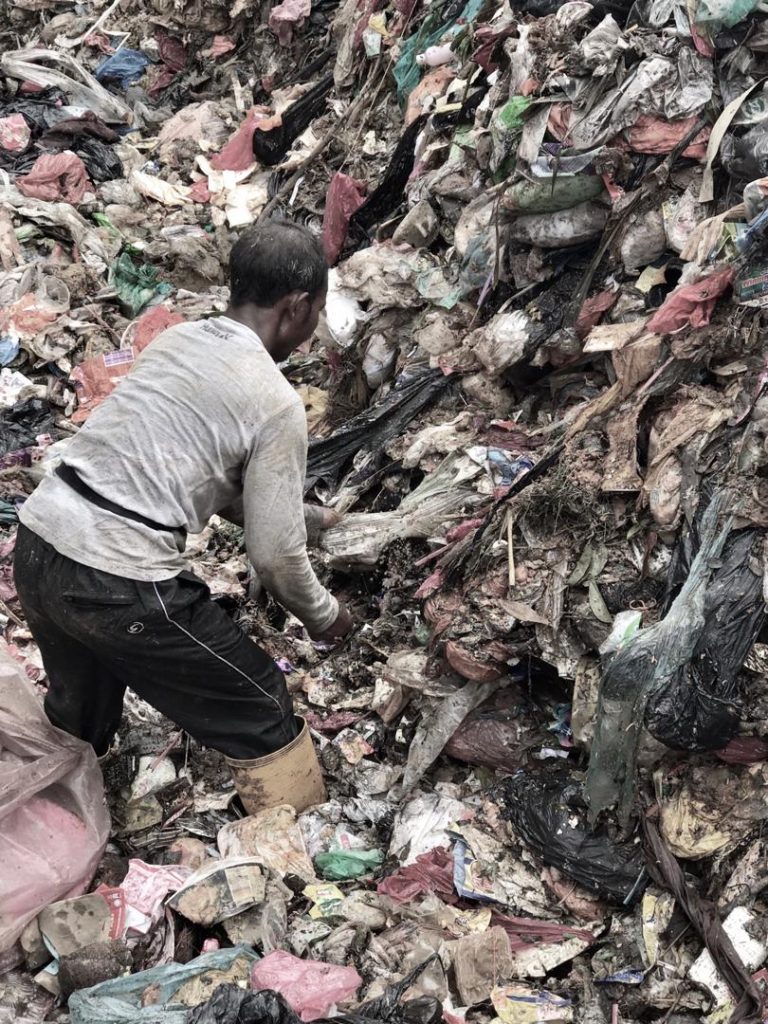
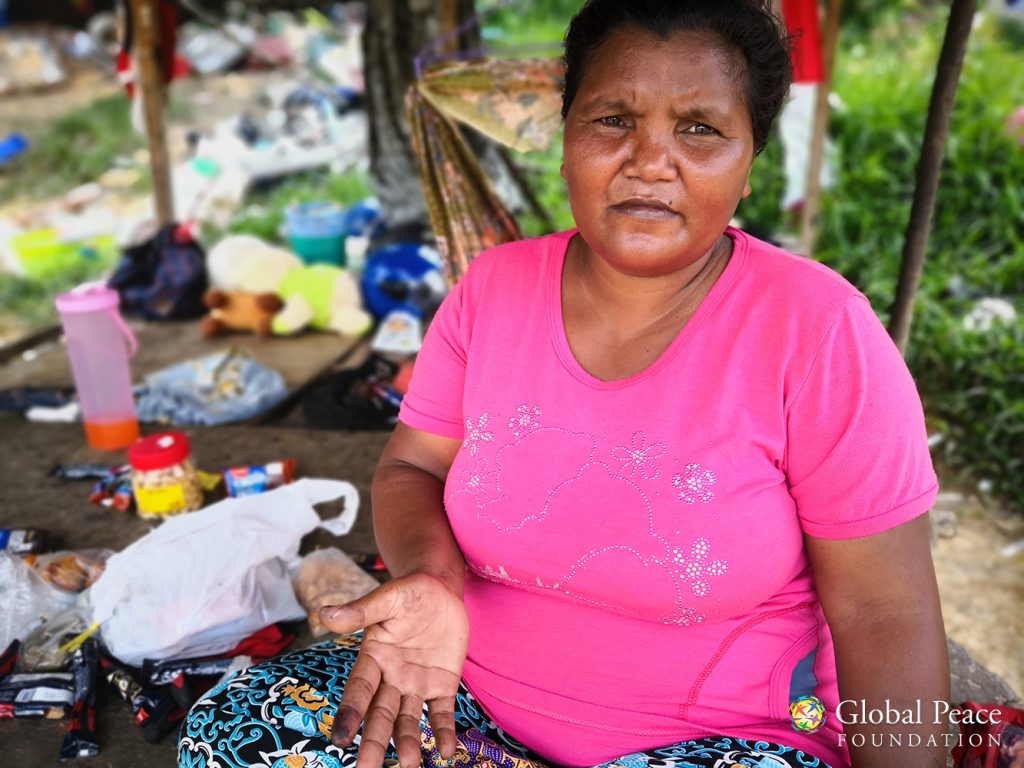
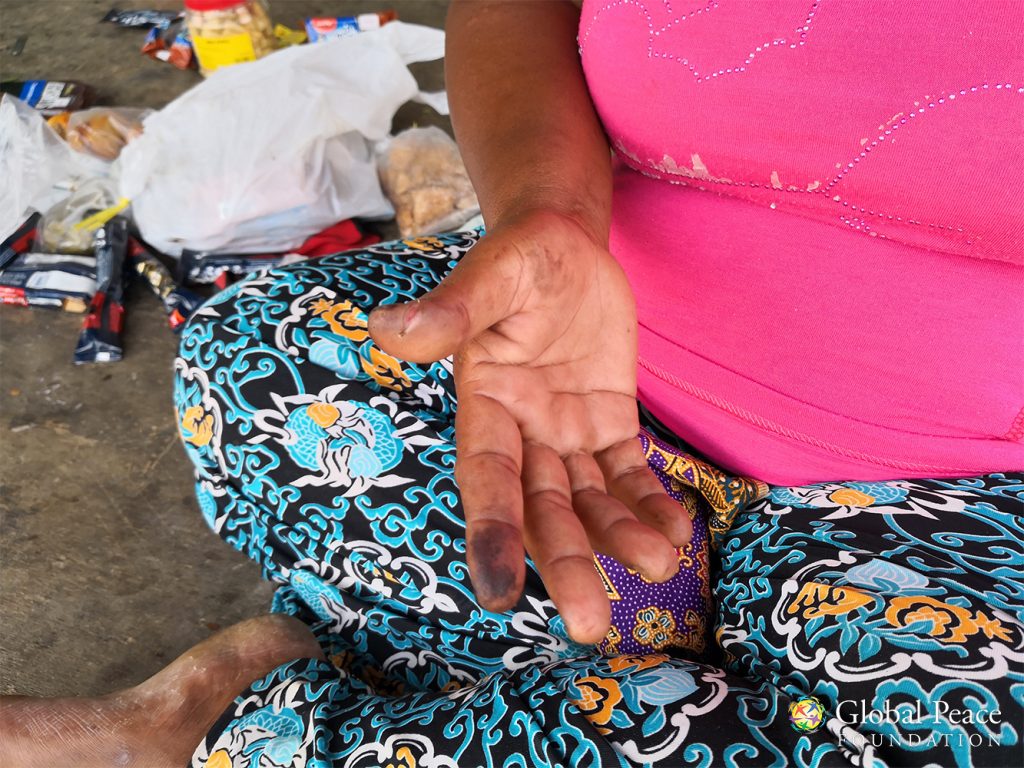
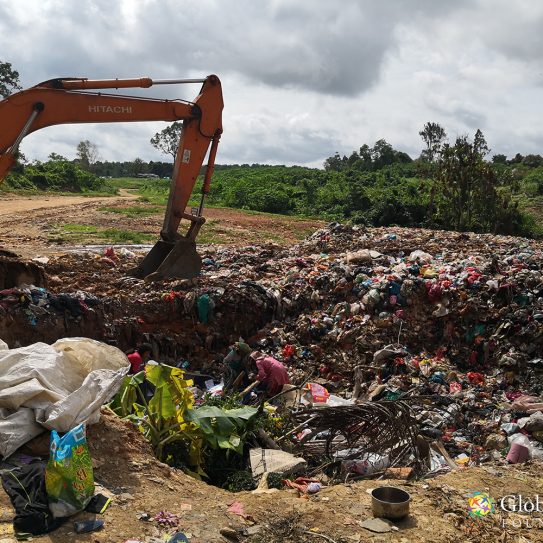
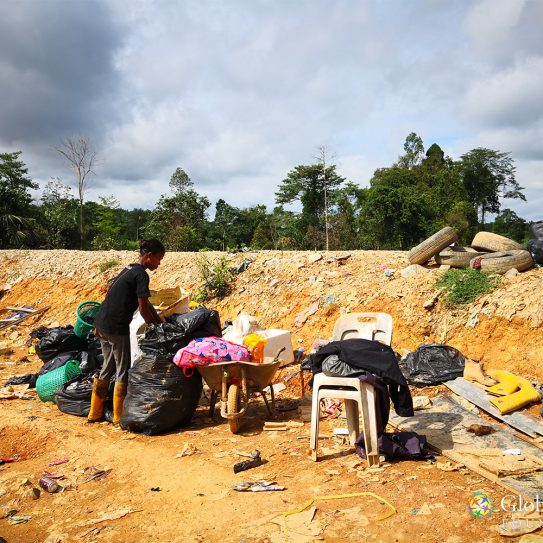
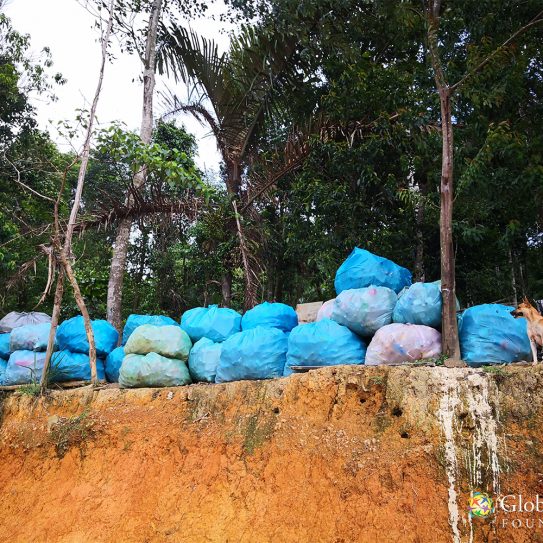
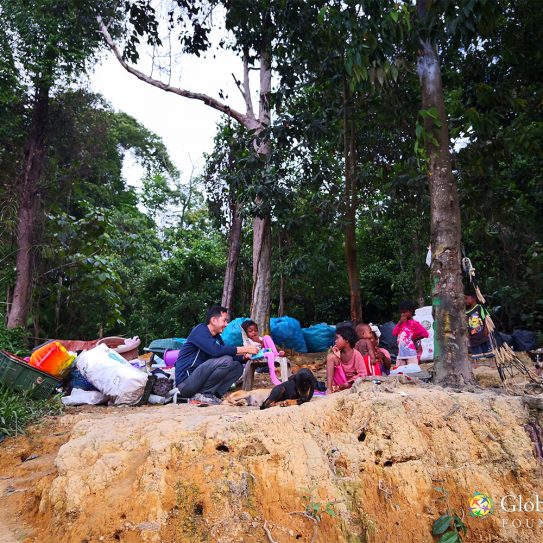
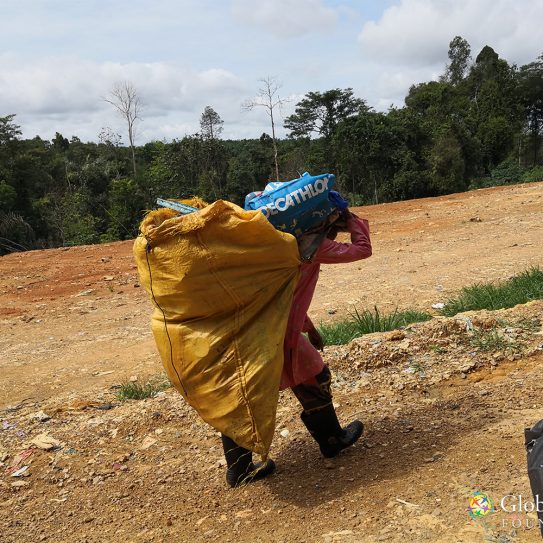
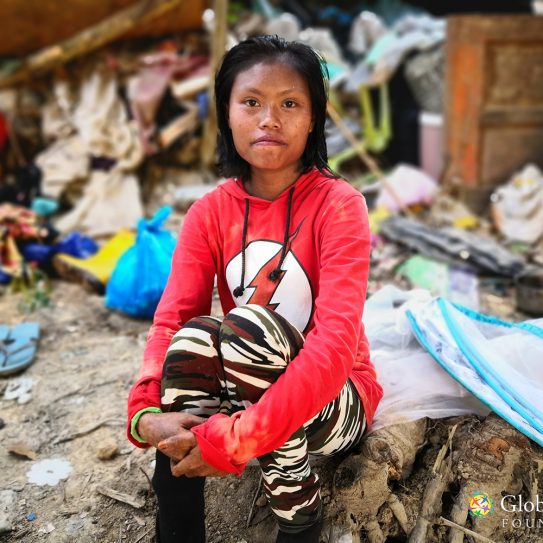
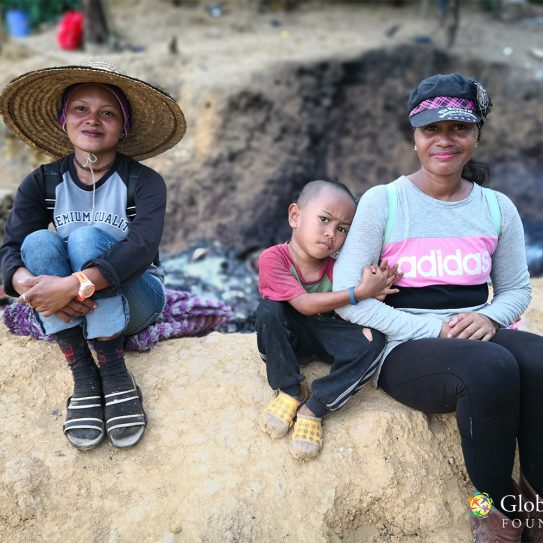






1 Comment